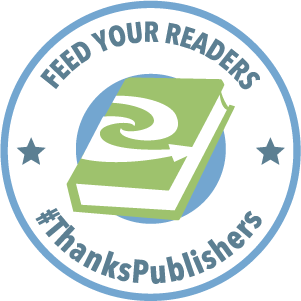
Behind every disease is a story, a complex narrative woven of multiple threads, from the natural history of the disease, to the tale of its discovery and its place in history.
But what is vital in all of this is how the disease spreads and develops. In The Atlas of Disease, Sandra Hempel reveals how maps have uncovered insightful information about the history of disease, from the seventeenth century plague maps that revealed the radical idea that diseases might be carried and spread by humans, to cholera maps in the 1800s showing the disease was carried by water, right up to the AIDs epidemic in the 1980s and the recent Ebola outbreak.Crucially, The Atlas of Disease will also explore how cartographic techniques have been used to combat epidemics by revealing previously hidden patterns. These discoveries have changed the course of history, affected human evolution, stimulated advances in medicine and shaped the course of countless lives.
Thanks to NetGalley for granting my wish to access this ARC! For anyone who is interested in the history of disease, this book is a dream come true. The author delves into each disease with a thoughtful manner and straightforward way, using maps of the world to show the spread of each illness. These maps add a new dimension of understanding to the text, and underscore how devastating the spread of disease can be. The trail of germs is traced across the continents for each disease, adding a quiet horror to the author’s words. This alone makes the book worth buying – no other book I’ve read with this subject has illustrations quite like this. Interspersed in the chapters are other bits of artwork, either paintings of people suffering or government posters warning townfolk of the ravages of the flu, yellow fever, measles, and the like. THE ATLAS OF DISEASE stands out head and shoulders among other novels in this genre.
There are 4 sections to the book: airborne, waterborne, insects and animals, and human to human. Each chapter in the section then outlines a disease, from AIDS to Zika. The opening page has the disease name, the causal agent, transmission, symptoms, incidence and deaths, prevalence, prevention, treatment, and global strategy. For example, diptheria’s incidence and deaths statement lets us know that the germ causes around 5,000 cases per year worldwide, with 5-10% cases being fatal. The global strategy notes that there are childhood vaccination programs, but the World Health Organization (WHO) describes it as a “forgotten” disease. On the opposite page there is a painting by Francisco de Goya showing a man holding a child on his lap, supporting his head with his left hand while he probes the child’s mouth with his right. The work is entitled El Lazarillo de Tormes or El Garrotillo (“Diptheria”). When you turn the page you see illustrations of how the illness attacks the lining of the throat, causing the victim to strangle and suffocate.
I can honestly say I have learned more from this book than from many others I’ve read. The writer’s style is straightforward, sharing facts without drama, and extremely easy to comprehend. You won’t need a medical background to appreciate ATLAS. The author’s fascination with these illnesses is clearly portrayed on every page, as well as her depth of research. I cannot say enough superlatives about this book – it is far and away the best work I’ve read this year. If you are a devotee of disease, you will treasure this work forever. And for those of you who are not – please still read this. You will learn, you will be shocked, and you will appreciate the fragility of life.
Pick up your copy here.













Recent Comments